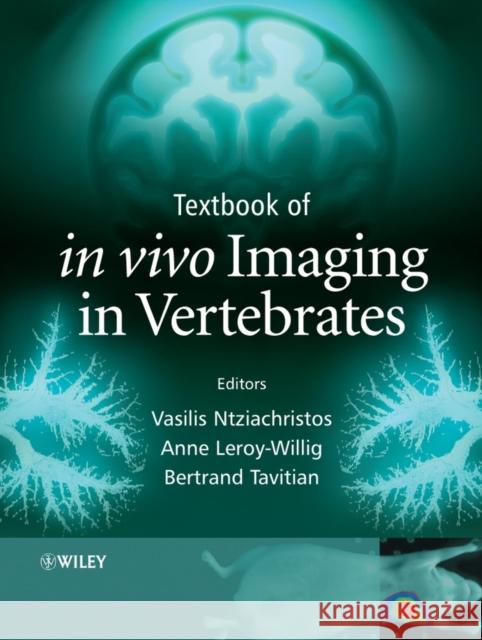Textbook of in Vivo Imaging in Vertebrates » książka
Textbook of in Vivo Imaging in Vertebrates
ISBN-13: 9780470015285 / Angielski / Twarda / 2007 / 388 str.
This book describes the new imaging techniques being developed to monitor physiological, cellular and subcellular function within living animals. This exciting field of imaging science brings together physics, chemistry, engineering, biology and medicine to yield powerful and versatile imaging approaches. By combining advanced non-invasive imaging technologies with new mechanisms for visualizing biochemical events and protein and gene function, non-invasive vertebrate imaging enables the in vivo study of biology and offers rapid routes from basic discovery to drug development and clinical application. Combined with the availability of an increasing number of animal models of human disease, and the ability to perform longitudinal studies of disease evolution and of the long-term effects of therapeutic procedures, this new technology offers the next generation of tools for biomedical research. Well illustrated, largely in colour, the book reviews the most common and technologically advanced methods for vertebrate imaging, presented in a clear, comprehensive format. The basic principles are described, followed by several examples of the use of imaging in the study of living multicellular organisms, concentrating on small animal models of human diseases. The book illustrates:
- The types of information that can be obtained with modern in vivo imaging;
- The substitution of imaging methods for more destructive histological techniques;
- The advantages conferred by in vivo imaging in building a more accurate picture of the response of tissues to stimuli over time while significantly reducing the number of animals required for such studies.











